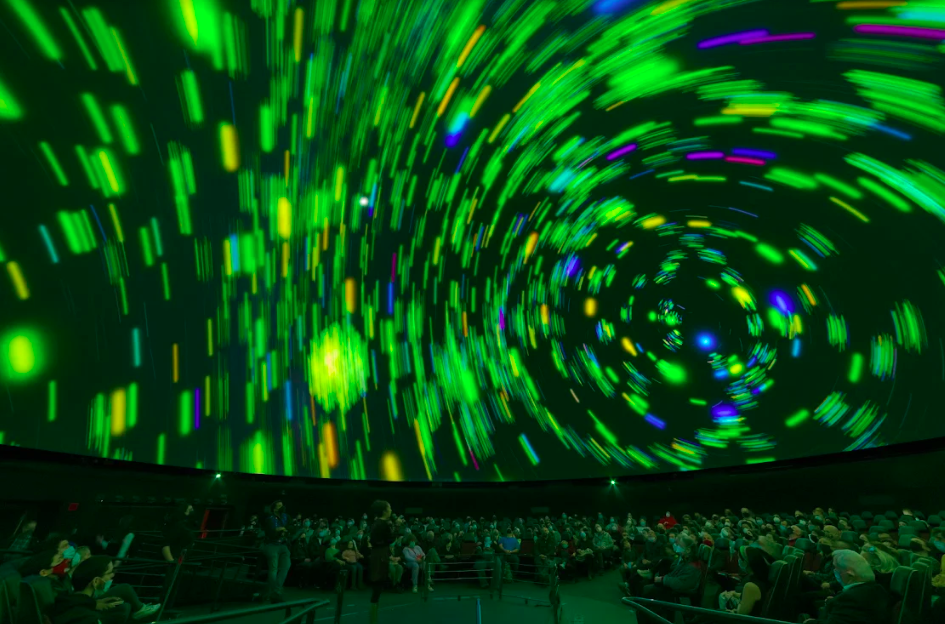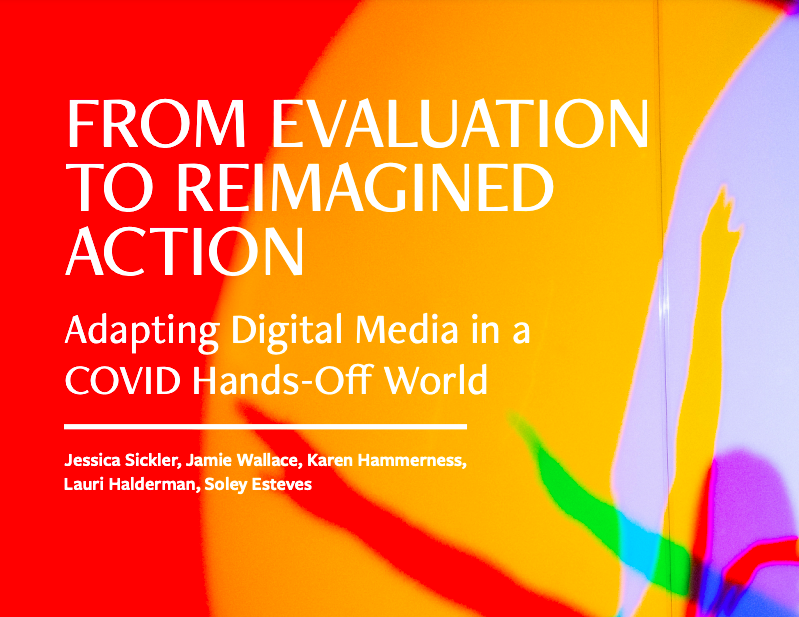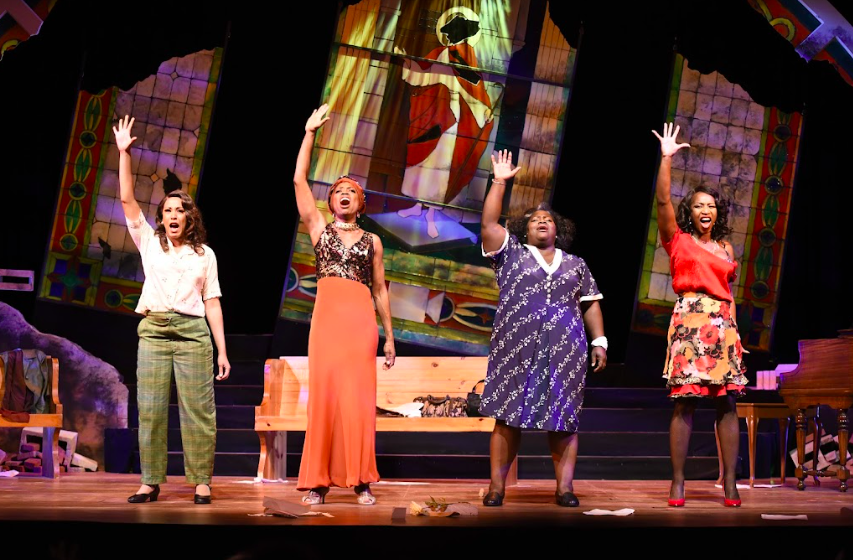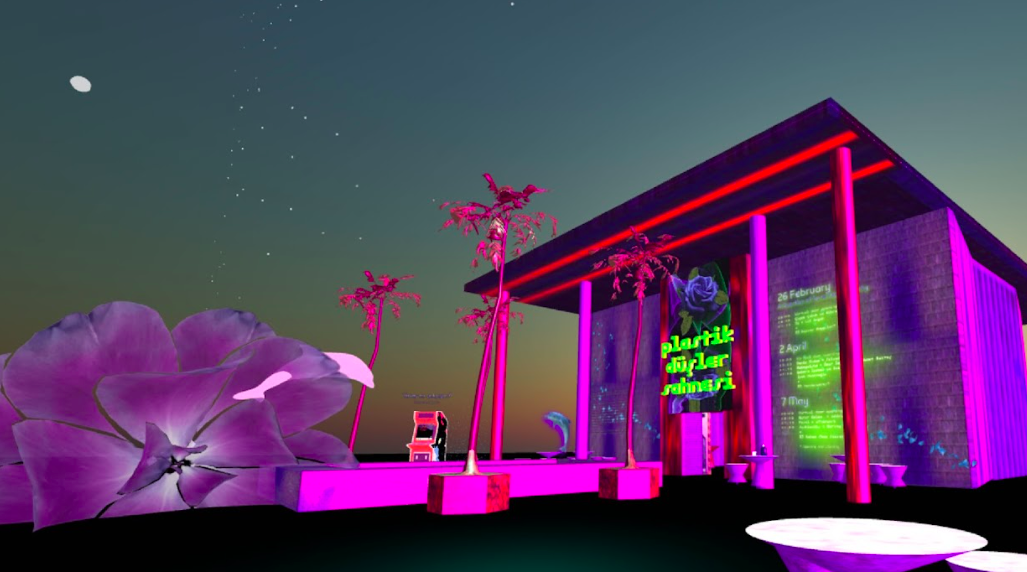Connecting across organization silos to develop virtual programming
Founded 1869, the American Museum of Natural History (AMNH) is recognized for its scientific research, educational programs, and exhibitions. The museum employs more than 200 scientists and scholars and is home to a collection of over 34 million specimens and artifacts covering physical sciences, invertebrate and vertebrate zoology, paleontology, and anthropology.
As a leading scientific institution, AMNH was an early adopter of digital technologies. The museum’s National Center for Science Literacy, Education, and Technology, launched in 1997, extends programming beyond the museum’s walls through robust multimedia including educational resources, videos and documentaries, and Ology, a science website for kids. AMNH has offered specialized online courses for educators since 2000, adding courses over the years on popular sites such as Coursera and Khan Academy and extending content to new interactive platforms such as Kahoot. In exhibition spaces, the museum employs a variety of digital tools including gestural interactives, augmented reality, virtual reality, touch tables, and apps. A digital repository freely shares scientific publications, alongside collections databases and digital special collections featuring historic photographs and rare books.
The rapid upset caused by the pandemic sparked an immediate increase in demand for AMNH’s long standing and newly developed digital resources. The well-trafficked website Ology, which received 3 million pageviews in spring 2019 (March-July), spiked to 4.7 million page views in spring 2020. The museum’s multimedia resources for learning page, searchable by grade level, topic, and resource type, provided a lifeline for educators and families trying to keep young learners actively engaged from home. Staff transformed in-person programs to virtual formats, with online planetarium lectures, SciCafe talks and conversations, virtual field trips, and much more.
The wealth of expertise on staff was a boon to navigating lockdown challenges. Observing that, “Early in the pandemic the silos that make up this place were very loose all of sudden,” Matt Tarr, director of digital architecture, underscores the benefits of connecting across the institution. Well-versed online teacher professional learning staff were able to help public programs colleagues, who found themselves abruptly translating in-person series to online formats. Zoom-based public programs engaged experts to answer questions in chat, facilitators to keep conversations going, breakout rooms, and pedagogical and facilitation strategies to connect with audiences. As Tarr notes, “The real magic is the same people collaborating in new ways.”
Interdepartmental collaborations, however, also took some work. In addition to approaching content differently, departments have their own methods for measuring impact—some focus on web metrics while others gather audience feedback, assess specialized content, or reference funder obligations. Describing the large scale shift to social media channels, Vivian Trakinski, director of science visualization, explains, “Suddenly we were using platforms that were considered the domain of communications as the platform for public programs…It was a dance to bring us all together and in-line to realize ultimately we all had the same goal.”
While ramping up its activities online, AMNH has been undergoing physical changes as well, renovating the outdated Northwest Coast Hall and constructing the new 230,000 square foot Richard Gilder Center for Science, Education, and Innovation. As physical and online spaces continue to evolve, the museum is drawing on lessons learned during the pandemic: reconsidering when to build bespoke technology, fostering connections across departments, maintaining skills to work remotely, broadening access through digital tools, and externally sharing findings in reports and articles.
Taking a broad view, Rob Steiner, director of online teacher education programs observes, “What was so impressive and moving was the effort that people made to look at creative, new possibilities and reimagine programs.” Noting that solutions developed during lockdowns will “have a lot of life beyond the pandemic,” Steiner reflects, “It took a pandemic for people to understand how powerful these online technologies can be—how emotional and transforming when well done.”

